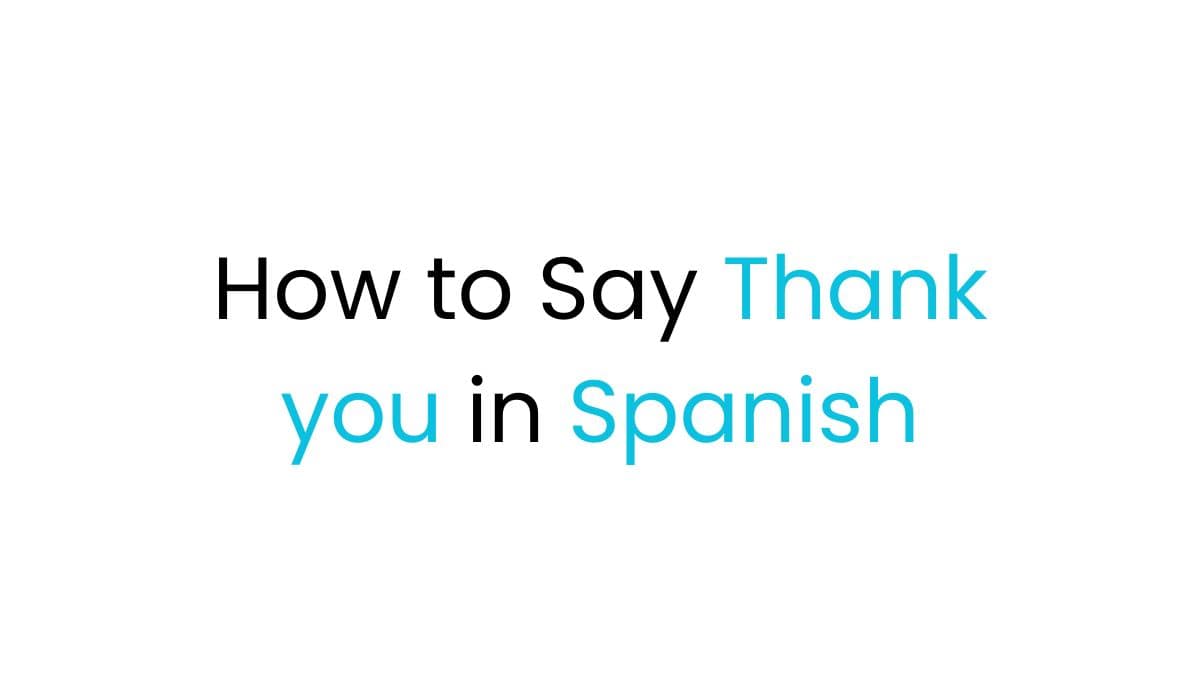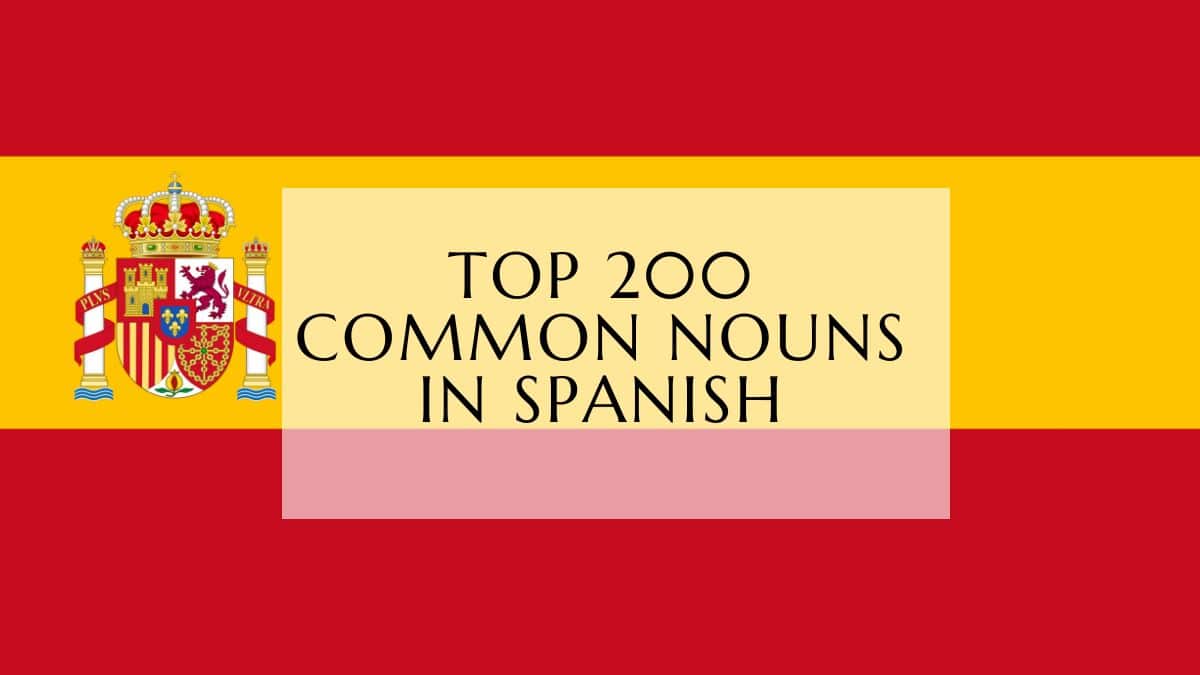Expressing gratitude is key in any language, including Spanish. It’s important for language learners and native speakers alike. Learning to say “thank you” can help you connect better with others and build strong relationships. This guide will show you different ways to say thanks in Spanish, from formal to casual phrases.

Formal Ways to Express Gratitude
When you want to say thanks in Spanish, there are many formal ways to do it. These phrases show your appreciation, politeness, and formal thank you skills.
“Gracias por su atención” (Thank you for your attention) is a great phrase. It’s perfect for work or business settings. It shows you value their time and focus.
“Estoy muy agradecido/a” (I’m very thankful) is another formal way to say thanks. It shows deep appreciation and respect. It’s good for big events or when talking to people in charge.
“Es muy amable de su parte” (That’s very kind of you) is a nice way to say thanks. It also praises the person for being kind or generous. This is great for formal chats or when someone helps you a lot.
Learning these formal thank you phrases can make you seem more polite and appreciative in Spanish-speaking places. It leaves a good impression.
Informal Expressions for Saying Thanks
When you want to say thanks in Spanish, there are many informal ways to do it. These expressions add warmth and make your thanks more personal. From “Gracias” (Thanks/Thank you) to “Muchas gracias” (Thank you very much) and “Mil gracias” (Thanks a million), these phrases are perfect for everyday talks.
Gracias (Thanks/Thank you)
“Gracias” is a simple yet powerful way to say “thank you” in Spanish. It works well in both formal and casual settings. It’s a key phrase for showing thanks for any favor, big or small.
Muchas gracias (Thank you very much)
If you want to show more excitement and appreciation, “Muchas gracias” (Thank you very much) is ideal. This phrase adds warmth and shows you really value what someone did for you.
Mil gracias (Thanks a million)
For times when “Thank you” isn’t enough, “Mil gracias” (Thanks a million) is great. It shows deep thanks and is often used for big acts of kindness or support.
These phrases are not just for everyday thanks. They make you sound more natural and like a native speaker when you’re being casual. Adding these phrases to your Spanish vocabulary helps you connect with people in a real way.
Expressing Deep Gratitude in Spanish
When you want to show deep thanks, Spanish has many ways to express it. These phrases go beyond just saying “gracias.” They let you show your true feelings in a powerful way.
Te/Se lo agradezco de todo corazón
This phrase means “I thank you from the bottom of my heart.” It’s great for showing sincere appreciation for someone’s kindness or help. Use it when you’re really thankful for something big.
No tengo palabras para agradecerte/le
If you can’t find the right words to say thanks, this phrase is for you. It says “I have no words to thank you.” It shows how much someone’s help or support has touched you.
Using these phrases is great when someone has done something extra special. They help you show your sincere appreciation clearly. Your words will really show how much you’re grateful beyond measure.
Thank you in Spanish
Saying thank you is key in any language, and Spanish is no different. Whether you’re visiting a Spanish-speaking country or connecting with the Hispanic community, knowing how to say “thank you” in Spanish is helpful. We’ll look at different ways to show thankfulness in Spanish here.
The most common way to say “thank you” is Gracias (grah-see-ahs). It’s simple yet powerful, fitting for both formal and casual situations. For a stronger thank you, say Muchas gracias (moo-chahs grah-see-ahs), which means “thank you very much.”
To show deep thanks, try phrases like Te/Se lo agradezco de todo corazón (tay/say loh ah-grah-deh-soh deh toh-doh koh-rah-sohn). This means “I thank you from the bottom of my heart.” Or say No tengo palabras para agradecerte/le (noh teng-goh pah-lah-brahs pah-rah ah-grah-deh-ser-teh/ley), which says “I have no words to thank you.”
For certain situations, you can adjust your thanks. For instance, Gracias por tu ayuda (grah-see-ahs pohr too ah-yoo-dah) means “thank you for your help.” Gracias por el detalle (grah-see-ahs pohr el day-tah-yeh) thanks for a gift or kind act.
The verb agradecer (ah-grah-deh-sair) means “to thank” or “to appreciate.” You can use it with object pronouns for more emphasis, like Te/Le agradezco (tay/ley ah-grah-deh-soh), which means “I thank you.”
With this knowledge of how to say thank you in spanish, spanish thank you phrases, and spanish gratitude expressions, you’re ready to express thanks in Spanish with ease.
Thanking for Specific Situations
Gratitude is key in the Spanish-speaking world for building strong relationships. Saying “gracias” (thank you) is good for many situations. But, making your thanks fit the situation shows you care more and feel truly thankful.
Gracias por tu ayuda (Thank you for your help)
If someone has helped you a lot, saying “gracias por tu ayuda” (thank you for your help) is a great way to say thanks. This phrase works for many things, like a friend helping with a task or a coworker assisting on a project.
Gracias por el detalle (Thank you for the gift)
When you get a gift, it’s important to say thanks. Saying “gracias por el detalle” (thank you for the gift) shows you value the thought and effort put into it. This is good for thanking someone for a birthday present, a holiday gift, or any other present.
Knowing how to say thank you in Spanish for different situations can make you seem more polite and show you’re trying. It helps you connect better with others and shows you really appreciate them. This can make a big difference in how people see you.
Verbs Related to Giving Thanks
Learning to say “thank you” in Spanish is more than just using “gracias.” Spanish has many verbs that show deeper thanks. The verbs “Agradecer” and “apreciar” are two main verbs for this.
Agradecer (To Thank, to Appreciate)
“Agradecer” is the top choice for saying thanks in Spanish. It works for thanking someone for something specific or just showing you’re grateful. It might have some tricky parts, but you’ll get it with practice. For example, you can say “Te agradezco el regalo” (I thank you for the gift) or “Agradezco su paciencia” (I appreciate your patience).
Apreciar (To Appreciate)
“Apreciar” is also key for showing thanks. It means “to appreciate” and is used for thanking someone for their help, kindness, or the good they add to your life. You can say “Aprecio mucho tu ayuda” (I greatly appreciate your help) or “Aprecio tu amistad” (I appreciate your friendship).
Using these verbs makes your thanks in Spanish more meaningful. They help you show you really value someone’s actions or just the good they bring into your life. These spanish verbs for gratitude and verbs to express appreciation make your thanking verb conjugations more sincere.
Responding to “Thank You” in Spanish
When someone thanks you in Spanish, it’s key to respond well. Saying “De nada” is a common way to say “you’re welcome.” It means “it’s nothing” and is used with friends, family, or people you know casually.
For more formal situations, like with a boss or someone you don’t know well, say “Un placer”. This means “it’s a pleasure.” You could also say “No hay de qué”, meaning “there’s no need to thank you.” In informal settings, “No es nada” (it’s nothing) or “No hay problema” (no problem) work well too.
Always responding with politeness shows you respect the culture and etiquette. Learning these phrases helps you connect better in Spanish-speaking places. It makes your interactions more meaningful and builds stronger relationships.
Oualid Cheddadi is the founder of Lingualid, a platform that inspires independent language learners worldwide, regardless of the language they are learning. The name “Lingualid” is derived from the Portuguese word for “language,” “língua,” and the last three letters of Oualid’s name, “Lid.”



